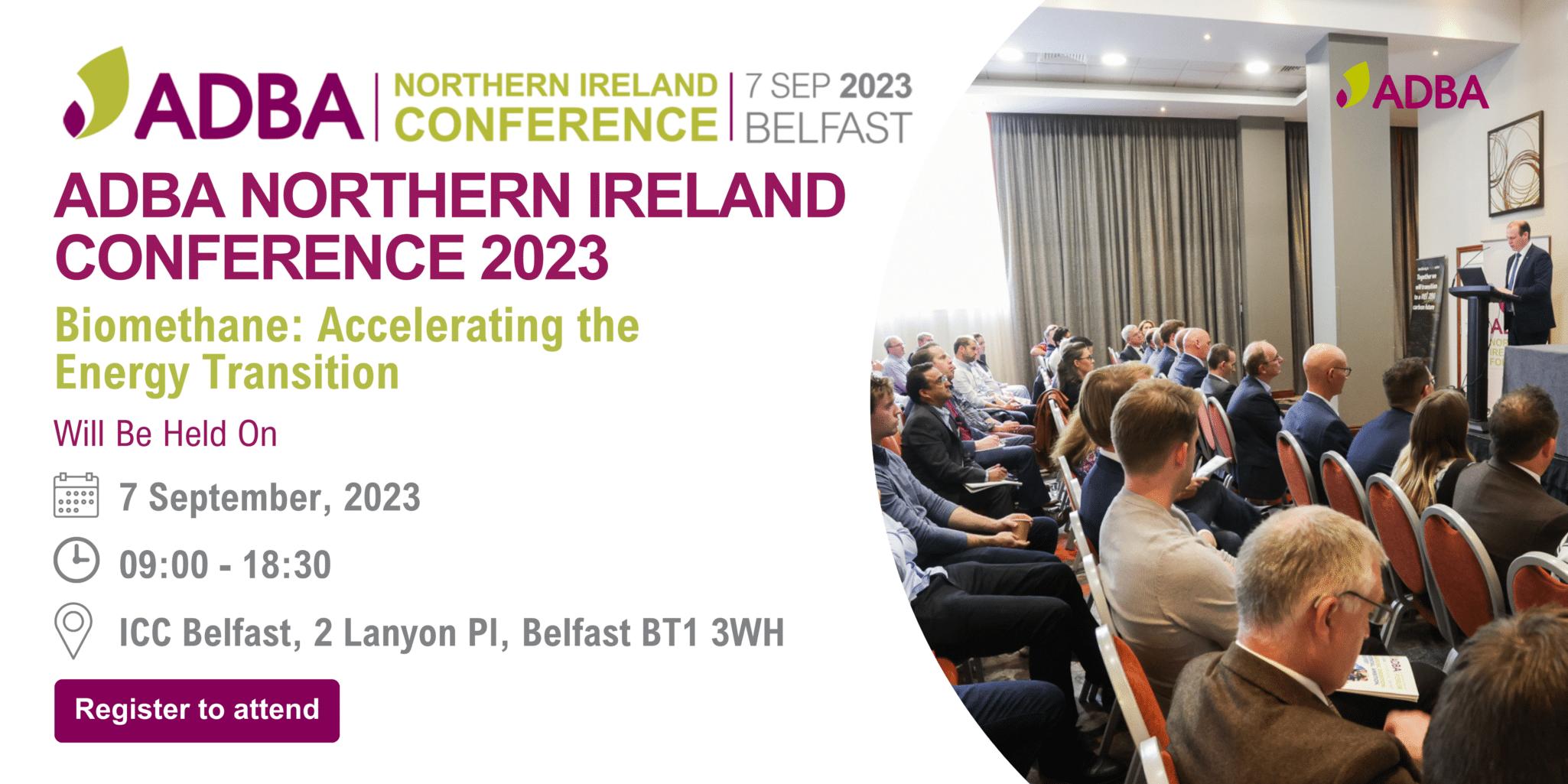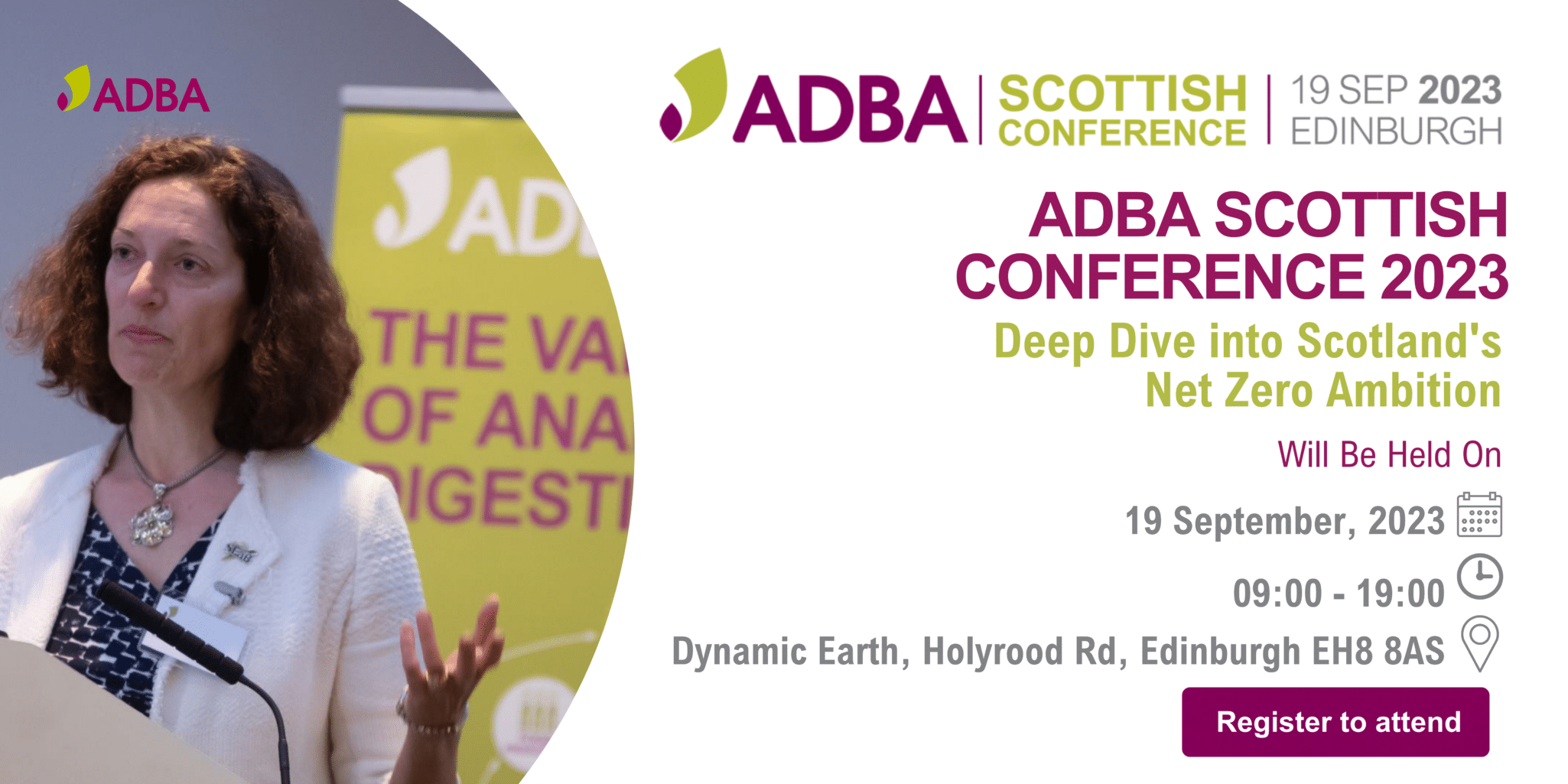MEMBER PRESS RELEASE - Vogelsang to present the HiCone for the wastewater sector at IFAT…
MEMBER’S PRESS RELEASE: UK’s first ever bus to run on human and food waste launched
- The first bus in the UK to run on human and food waste
- Environmentally friendly bus could improve air quality in Britain’s urban areas
- Forty-seater bus is sustainably fuelled by people
THE UK’s first ever bus powered on food waste and human poo has taken to the road today which engineers believe could provide a sustainable way of fuelling public transport – cutting emissions in polluted towns and cities. The 40-seater Bio-Bus, which runs on gas generated through the treatment of sewage and food waste that’s unfit for human consumption, helps to improve urban air quality as it produces fewer emissions than traditional diesel engines. Running on waste products that are both renewable and sustainable, the bus can travel up to 300km on a full tank of gas generated at Bristol sewage treatment works – a plant run by GENeco, a subsidiary of Wessex Water. This week GENeco became the first company in the UK to start injecting gas generated from food waste and sewage into the national gas grid network and at the same time installed a gas refuelling plant for the bus.
GENeco general manager Mohammed Saddiq said:
Through treating sewage and food that’s unfit for human consumption we’re able to produce enough biomethane to provide a significant supply of gas to the national gas network that’s capable of powering almost 8,500 homes as well as fuelling the Bio-Bus.
Gas powered vehicles have an important role to play in improving air quality in UK cities, but the Bio-Bus goes further than that and is actually powered by people living in the local area, including quite possibly those on the bus itself.
Using biomethane in this way not only provides a sustainable fuel, but also reduces our reliance on traditional fossil fuels.
The Bio-Bus can travel up to 300km on a full tank of gas, which takes the annual waste of around five people to produce.
Using the annual waste generated from one bus load of passengers, would provide enough power for it to travel a return journey from Land’s End to John O’Groats.
All aboard the Bio-Bus:
Today (20 November 2014) the first passengers to get on board the Bio-Bus were visitors to the UK who were commuting from Bristol Airport to the historic city of Bath.
Bath Bus Company, which is operating the service, said the bus was greener for the environment and added that it was extremely pleased to be using the Bio-Bus for its rapidly growing A4 service from Bath to Bristol Airport via South Bristol.
Collin Field, engineering director, at Bath Bus Company, said:
Up to 10,000 passengers are expected to travel on the A4 service in a month, which is available not only for airport travel, but also local journeys along the route through Saltford, Keynsham, Brislington, Knowle and Hengrove. As part of the RATP Dev UK group, this represents RATP Dev’s involvement in the latest of a number of initiatives to gain experience of alternative fuels, with sister companies also experimenting with different alternatives. The information we gain, will be shared with other group companies across the UK and Europe.
The timing of this initiative could not be more appropriate as we approach 2015 when the City of Bristol itself becomes European Green Capital. With so much attention being directed towards improving air quality generally, the public reaction to the appearance of this bus on a service between a World Heritage City and an airport will further focus on the potential for this particular fuel.
Melanie King, Bristol Airport’s environmental manager, added:
Sustainability and surface access are key areas of focus for us and we welcome new technologies which could reduce the environmental impact of getting to and from the Airport. With Bristol set to be European Green Capital in 2015, this is one of several exciting initiatives we hope to be involved with over the course of the year.
Bristol sewage treatment works treats around 75 million cubic metres of sewage waste and 35,000 tonnes of food waste, collected from households, supermarkets and food manufacturers, every year.
Through a process, known as anaerobic digestion, 17 million cubic metres of biomethane is generated a year at the Bristol plant – the equivalent of meeting the power needs of 8,300 homes. A newly built state-of-the-art gas plant injects the gas into the grid.
Charlotte Morton, chief executive of the Anaerobic Digestion & Bioresources Association (ADBA), said:
GENeco’s Bio-Bus is an excellent demonstration of biomethane’s unique benefits; decarbonising areas other renewables can’t reach. A home generated green gas, biomethane is capable of replacing around 10% of the UK’s domestic gas needs and is currently the only renewable fuel available for HGVs.
The bus also clearly shows that human poo and our waste food are valuable resources. Food which is unsuitable for human consumption should be separately collected and recycled through anaerobic digestion into green gas and biofertilisers, not wasted in landfill sites or incinerators. The Bio-Bus will also help to demonstrate the true value of separate food waste collections, which are now obligatory in all other regions, to the English government.”
The Bio-Bus has received backing from a number of businesses including the manufacturer of the bus, Scania, as well as companies including Roadgas, CNG Services Ltd, Dampney’s Agri Environmental, Trant, Grontmij and AIR Decker.
In 2010 GENeco powered a car on biomethane produced during the sewage treatment process. The Bio-Bug was used in various trials to see how viable it was to power a vehicle on sewage gas.
ENDS
Editors notes
Gas to grid – the process
GENeco’s gas to grid plant injects gas generated from sewage and food waste into the national gas grid network. The process comprises:
1. Sewage and food waste is treated and heated up, and as part of process anaerobic digesters are used which produce methane-rich biogas.
2. The biogas is 'upgraded' which involves removing carbon dioxide, which is safely released into the atmosphere, and other gaseous impurities.
3. Impurities are removed by a bioscrubber and activated carbon filters to produce virtually odour free emissions to air.
4. Propane is added to the biomethane, which is stored and injected on site. It enriches the gas to natural gas quality and calorific value.
5. Enriched biomethane is analysed and monitored to ensure it is of the correct standard before being fed into the local gas distribution network.
Bio-Bus and GENeco
- One passenger’s annual food and sewage waste would fuel our Bio-Bus for 55km – nearly a return journey from Bath to Bristol airport. A full bus load of passengers’ annual waste would cover a journey more than twice the distance from Land’s End to John O’Groats.
- The compressed gas is stored in the dome-like tanks on the roof of the Bio-Bus. The engine itself is a combustion engine, similar in design to diesel equivalents currently used in most buses.
- GENeco was launched by Wessex Water in 2010 so the company could increase the amount of renewable energy it can produce. In 2012 it opened the country’s first co-located food waste plant at a sewage works. The gas to grid plant was built this year using state-of-the-art technology that ensures gas being injected into the grid is of the right standard.
The benefits of gas-powered vehicles
- Reduction in air pollution – exhaust gases offer a 97% reduction (in comparison to diesel) in harmful emissions that effect air quality.
- Lower carbon footprint – CO2 outputs are 20 – 30% lower than from diesel vehicles.
- Cheaper to run – gas is significantly cheaper than diesel and inflicts less wear and tear on engine parts.
- Sustainably fuelled – biomethane is produced from renewable sources and reduces our reliance on traditional fossil fuel.
ENDS
For media enquiries and for interview opportunities:
Ian Drury
PR and Media Manager
Wessex Water / GENeco
T: 01225 526329
M: 07786 660849
E: ian.drury@wessexwater.co.uk



